Leg Day Workout: Maximize Your Leg Strength
Every serious fitness enthusiast knows the secret to transformative body strength lies in mastering the leg day workout. Your lower body strength isn’t just about building muscular legs. It’s about creating a foundation of power that transforms your entire physical performance.
Imagine walking into the gym with confidence, knowing your leg training will unlock unprecedented athletic potential. Leg day workouts target critical muscle groups like glutes, quadriceps, and hamstrings. These are the powerhouse of your body’s strength and mobility.
Whether you’re an athlete, fitness enthusiast, or someone looking to improve overall physical performance, understanding the art of leg training can revolutionize your fitness journey. Developing lower body strength isn’t just an exercise. It’s a strategic approach to building a resilient, powerful physique.
Table of Contents
Key Takeaways
- Leg workouts target major muscle groups crucial for overall strength
- Effective routines can be achieved with just 4-5 targeted exercises
- Beginners should focus on 8-12 rep ranges with 2-3 sets
- Proper leg training improves athletic performance and mobility
- Consistent leg day workouts enhance core stability and body strength
Understanding the Importance of Lower Body Training
Your leg muscles are more than just a foundation for movement. They are a powerhouse that drives overall fitness and athletic performance. With over 40 separate muscles in the human leg, understanding the significance of lower body strength becomes crucial for your fitness journey.
Regular leg training offers incredible benefits that extend far beyond simple muscle development. Lower body strength is a key component of comprehensive physical fitness. It impacts everything from daily activities to advanced athletic performance.
Key Benefits of Leg Training
- Boosts metabolism and calorie burning
- Improves overall body stability
- Enhances muscle hypertrophy in multiple muscle groups
- Supports joint health and reduces injury risk
Impact on Overall Fitness
Developing lower body strength creates a ripple effect throughout your entire physical system. The quadriceps, which are the largest muscle group in the body, play a critical role in fundamental movements. These include climbing stairs, rising from a seated position, and maintaining balance.
According to the National Strength and Conditioning Association, lower body strength training can dramatically improve balance, increase bone density, and enhance functional movement patterns.
Athletic Performance Connection
Your leg muscles are fundamental to athletic prowess. Muscle hypertrophy in the lower body translates directly into improved performance across various sports and physical activities. Stronger legs mean better speed, higher jumps, and more explosive movements.
By integrating comprehensive leg training into your fitness routine, you’re not just building muscle. You’re creating a more powerful, resilient, and capable version of yourself.
Essential Leg Muscles and Their Functions
Knowing your leg muscles is key for good quadriceps training and lower body growth. Your legs have many muscle groups that work together. They help with movement, strength, and stability.
The leg muscle system is complex and powerful. Each muscle group has its own role in your body’s movements.
Quadriceps: The Powerhouse Muscle Group
Your quadriceps have four main muscles at the front of your thigh. They are vital for many movements:
- Rectus femoris
- Vastus lateralis
- Vastus medialis
- Vastus intermedius
Working your quadriceps builds strength for walking, running, and jumping. They are the biggest muscle group, providing a lot of power for sports.
Hamstring Workouts and Muscle Function
Hamstrings are at the back of your thigh. They help bend your knee and extend your hip. Good hamstring workouts can:
- Boost running speed
- Improve jumping
- Enhance leg stability
Glute Exercises and Supporting Muscles
Glute exercises target the biggest muscle group. Strong glutes help with:
- Good posture
- Protecting your lower back
- Better athletic performance
“Leg muscles are not just about size, but about functional strength and coordination.” – Fitness Experts
Your leg muscles work together. Muscles like calves and hip flexors help with movement.
| Muscle Group | Primary Functions | Key Exercises |
|---|---|---|
| Quadriceps | Knee Extension | Squats, Leg Press |
| Hamstrings | Knee Flexion | Deadlifts, Leg Curls |
| Glutes | Hip Extension | Hip Thrusts, Lunges |
Knowing about these muscle groups helps you create better leg training plans. This maximizes strength, prevents injuries, and boosts fitness.
Preparing for Your Leg Day Workout
Getting ready for a leg day workout is all about preparation. A good warm-up gets your muscles ready for hard training. This can help avoid injuries and improve how well you do.
A great leg day starts with a good warm-up. Studies show that spending 10-15 minutes getting ready can make a big difference.
“Preparation is the key to unlocking your leg day potential.”
Here are the main parts of a good warm-up:
- 10-minute light cardio to increase blood flow
- Dynamic stretching focusing on leg muscle groups
- Mobility exercises targeting hips and lower body
- Activation drills for quads, hamstrings, and glutes
Here are some specific warm-up exercises:
- Forward and lateral leg swings: 30 seconds per leg, three sets
- Walking lunges: 8-10 repetitions per side
- Supported squats: 3 sets of 10 repetitions
- Bodyweight good mornings: 3 sets of 10 repetitions
Mental preparation is just as important. Set goals, imagine your workout, and stay positive. Eating right and staying hydrated will help you do better and stay safe.
Fundamental Compound Exercises for Leg Development
Leg training focuses on powerful compound movements. These exercises work multiple muscles at once. This boosts your workout’s effectiveness and muscle growth.
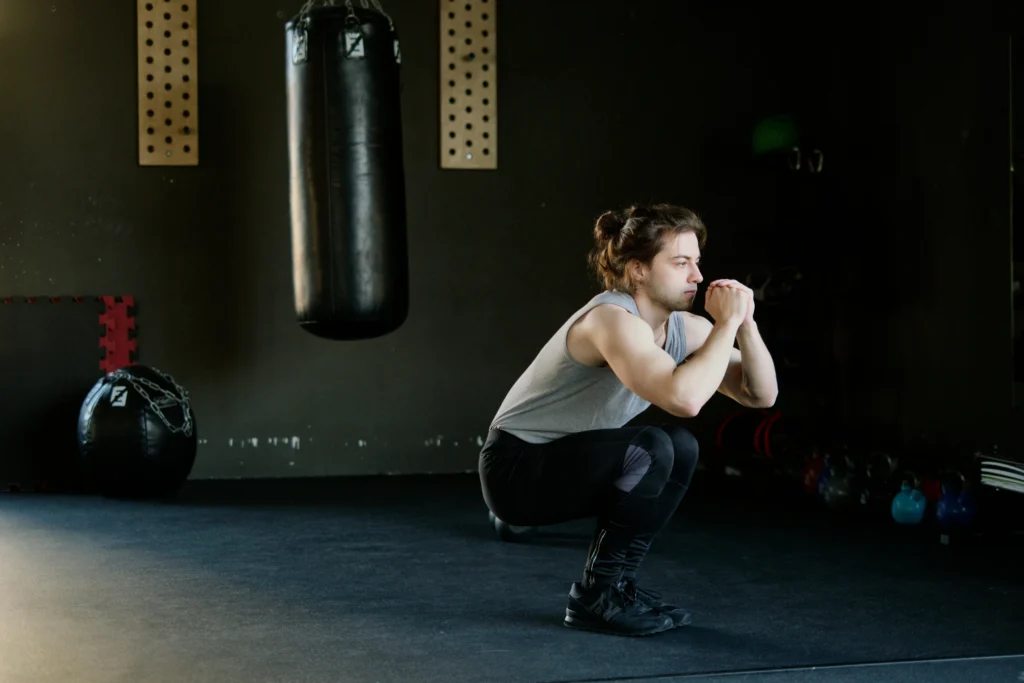
Compound exercises are key for strong legs. They work five major muscle groups: quadriceps, hamstrings, glutes, calves, and core. This creates a full-body conditioning approach.
Proper Squat Techniques
Squats are the top leg exercise, building strength and muscle. Different squat types target muscles in unique ways:
- Back Squats: Primary lower body strength builder
- Front Squats: Enhanced core engagement
- Goblet Squats: Improved technique and mobility
“Squats are not just an exercise, they’re a movement that defines leg power and athletic potential.” – Strength Training Expert
Deadlift Variations
Deadlifts are great for full-body strength, with many variations. Each one targets muscles differently, helping with leg and back strength.
| Deadlift Type | Primary Muscles Targeted | Recommended Sets/Reps |
|---|---|---|
| Conventional Deadlift | Lower Back, Hamstrings, Glutes | 3 sets of 6-8 reps |
| Romanian Deadlift | Hamstrings, Lower Back | 3 sets of 8-10 reps |
| Sumo Deadlift | Inner Thighs, Quads | 3 sets of 6-8 reps |
Lunge Progressions
Lunges are great for fixing muscle imbalances and improving leg symmetry. Try different types to challenge your muscles:
- Stationary Lunges
- Walking Lunges
- Reverse Lunges
- Jump Lunges
Always focus on proper form and increase the challenge as you get better. Consistency and progressive overload are key to leg muscle development.
Mastering the Perfect Leg Day Workout
Creating a great leg day workout needs careful planning and knowing how to build lower body strength. Your workout should hit many muscle groups and keep proper form and progress.
“A well-structured leg day workout is the foundation of comprehensive fitness and athletic performance.” – Strength Training Experts
To get the most out of your leg day, remember these key points:
- Use compound movements that work many muscles at once.
- Keep adding weight or reps to challenge yourself more.
- Choose exercises that work all parts of your legs.
- Don’t forget to warm up and cool down right.
Here’s a leg day workout plan that focuses on building lower body strength:
| Exercise | Sets | Reps | Focus |
|---|---|---|---|
| Barbell Squats | 4 | 6-8 | Quadriceps/Overall Strength |
| Romanian Deadlifts | 3 | 8-10 | Hamstring Development |
| Bulgarian Split Squats | 3 | 8-10 per leg | Unilateral Strength |
| Calf Raises | 3 | 15-20 | Lower Leg Conditioning |
Pro tip: Hybrid athletes should aim for 2-3 leg days per week to optimize performance and muscle development.
Your success in leg day workouts comes from regular practice, correct form, and steady improvement. Pay attention to your body, adjust the intensity when needed, and always focus on good technique in every exercise.
Progressive Overload Strategies for Leg Growth
To build strong legs, you need a smart plan. Progressive overload is key. It makes your body stronger with each workout.
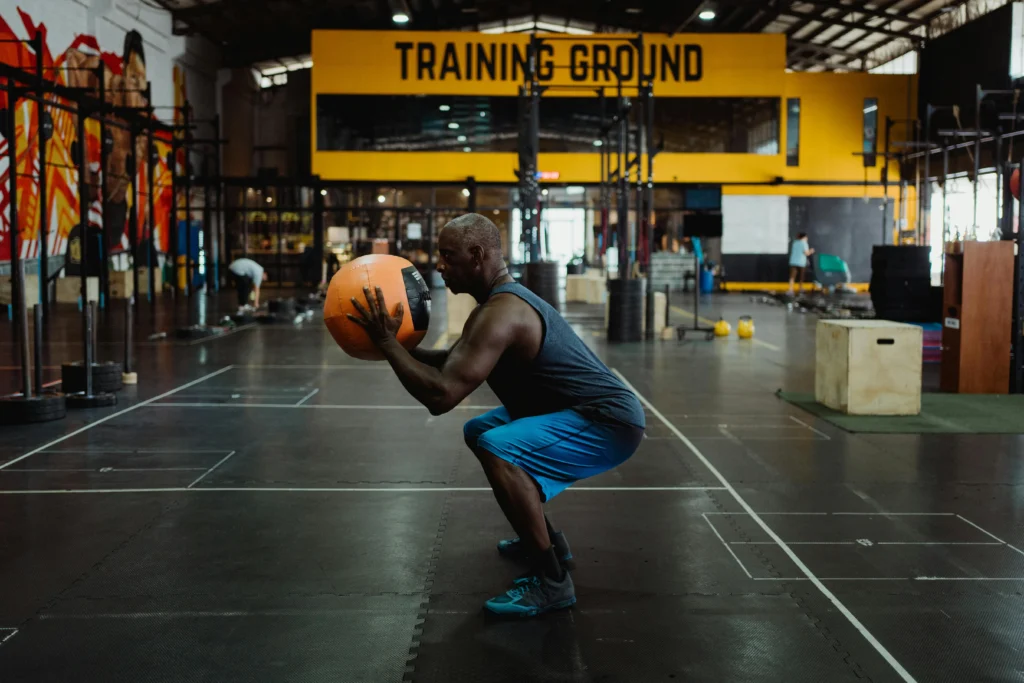
Knowing how muscles grow helps you create better leg workouts. Your muscles need a steady challenge to grow and get stronger.
Weight Progression Methods
Effective weight progression needs careful planning:
- Increase weights by 2-10% every 1-4 weeks
- Start with smaller increments for sustainable growth
- Track your performance meticulously
“Gradual progression is the secret to sustainable muscle development.” – Strength Training Experts
Volume and Intensity Manipulation
For muscle growth, change volume and intensity wisely. Here are some tips:
| Training Variable | Progression Strategy | Impact |
|---|---|---|
| Sets | Increase from 3 to 5 sets | Enhanced muscle stimulation |
| Repetitions | Progress from 8 to 12 reps | Improved muscle endurance |
| Rest Periods | Adjust from 1-2 minutes | Increased metabolic stress |
Remember, muscle growth is a process of consistent, intelligent challenge. Listen to your body and progress mindfully.
Isolation Exercises for Targeted Muscle Development
Building strong legs is more than just doing big exercises. Isolation exercises are key for working out your quadriceps, hamstrings, glutes, and calf muscles. They help you focus on specific muscles with great detail and power.
“Targeted muscle development is the key to balanced and powerful leg strength.” – Sports Performance Research
Here are the top isolation exercises for each muscle group:
- Quadriceps Training: Leg extensions are scientifically proven to maximize quadriceps activation. Research by Escamilla et al. (2010) confirms these exercises can significantly improve muscle engagement.
- Hamstring Workouts: Leg curls activate the biceps femoris, critical for muscle hypertrophy and functional capacity.
- Glute Exercises: Hip thrusts and glute bridges target your posterior chain with remarkable efficiency.
- Calf Raises: Essential for developing lower leg strength and preventing potential injuries.
Here are some guidelines for using these exercises:
- Leg Extensions: 3 sets of 12-15 reps
- Hamstring Curls: 3 sets of 12-15 reps
- Calf Raises: 3 sets of 15-20 reps
Choose weights that challenge you but keep your form right. It’s important to increase the weight by 5-10% as you get stronger.
Pro Tip: Rest 60-90 seconds between sets to optimize muscle recovery and performance.
Recovery and Rest Protocols for Leg Training
Building strong legs is more than just hard workouts. The real growth happens during rest and recovery. Your muscles get stronger while you’re not training.
Recovery is complex and involves many parts. To get the best from your leg workouts, focus on these areas:
Post-Workout Nutrition Strategies
What you eat after working out is key. Eating about 1.6 grams of protein for every kilogram of your body weight helps muscles grow. Your post-workout meal should have:
- High-quality protein sources
- Complex carbohydrates
- Essential micronutrients
Rest Period Guidelines
Rest is as important as training for strong legs. Athletes say to follow these recovery tips:
- Have at least one full rest day each week
- Switch between hard and easy training days
- Keep moving with at least 4,000 steps on rest days
“Recovery is where the real muscle growth happens. Train hard, rest smart.”
Sleep and Muscle Recovery
Sleep is a powerful recovery tool. Lack of sleep can hurt muscle recovery by messing with hormones. Try to sleep 7-9 hours to help your muscles grow and perform better.
By using these recovery tips, you’ll see better results from your leg workouts. You’ll also lower injury risk and support long-term muscle growth.
Common Mistakes to Avoid During Leg Workouts
Your leg day workout can go wrong if you ignore important details. Building lower body strength is more than just lifting heavy. Many people make mistakes that can hurt their progress and increase injury risk.
Here are the most critical mistakes to avoid during your leg workouts:
- Skipping Proper Warm-up: Jumping into heavy leg exercises without preparing your muscles can lead to serious injuries
- Neglecting Proper Form: Using incorrect technique reduces muscle engagement and increases injury potential
- Ego Lifting: Attempting to lift weights beyond your current strength level compromises your lower body strength development
- Unbalanced Training: Overemphasizing certain muscle groups while ignoring others creates muscular imbalances
“Perfect technique trumps heavy weights every single time.” – Professional Strength Coach
Your leg day workout should focus on controlled movements and progressive overload. Avoid these common pitfalls by prioritizing technique, maintaining balanced muscle development, and listening to your body’s signals.
Pay special attention to your form during compound exercises like squats and deadlifts. Start with lighter weights to master proper movement patterns. Gradually increase intensity while maintaining impeccable technique to maximize lower body strength gains.
Remember that recovery is equally crucial. Adequate rest, proper nutrition, and strategic training will help you develop strong, resilient leg muscles without unnecessary setbacks.
Integrating Cardio with Leg Training
Adding cardio to your leg day workout boosts your lower body strength and fitness. Cardio helps grow muscles and improves how your body uses energy.
Leg workouts get better with the right cardio mix. It’s all about finding a balance that helps muscles grow without hurting recovery.
HIIT for Leg Development
High-Intensity Interval Training (HIIT) is great for leg strength. These workouts improve heart health and keep muscles strong.
- 20-30 minute sessions recommended
- Alternate between intense bursts and recovery periods
- Focus on leg-specific explosive movements
Balancing Cardio and Strength Work
Good leg training needs careful cardio mixing. You want to improve heart health without slowing muscle growth.
| Cardio Type | Benefits | Recommended Frequency |
|---|---|---|
| Swimming | Low-impact full-body workout | 1-2 times per week |
| Cycling | Improves leg blood flow | 2 times per week |
| Elliptical | Minimal joint stress | 1-2 times per week |
“Cardio is not the enemy of muscle growth—strategic implementation is the key to success.” – Fitness Expert
Remember, lower body strength comes from smart training. Keep cardio to 150 minutes a week. Choose moderate activities that match your leg day workout.
Conclusion
Your journey to stronger legs is more than just working out. It’s a journey that changes you. Leg workouts are key to getting stronger, with studies showing athletes can get 15-20% stronger in their legs.
Building strong legs takes time and effort. You need a plan and to stay committed. By following the tips in this guide, you’ll learn how to target your muscles well. Regular leg workouts improve your sports skills and daily movements.
Don’t expect quick results. Studies show you can get 25% stronger in your legs in just 10 weeks with regular training. Sticking to proper form, increasing weights, and resting well are crucial for success.
Your fitness journey is special. Pay attention to your body, keep the right form, and be patient. Strong legs are essential for sports and everyday activities. See your leg workouts as a way to become stronger and more resilient.

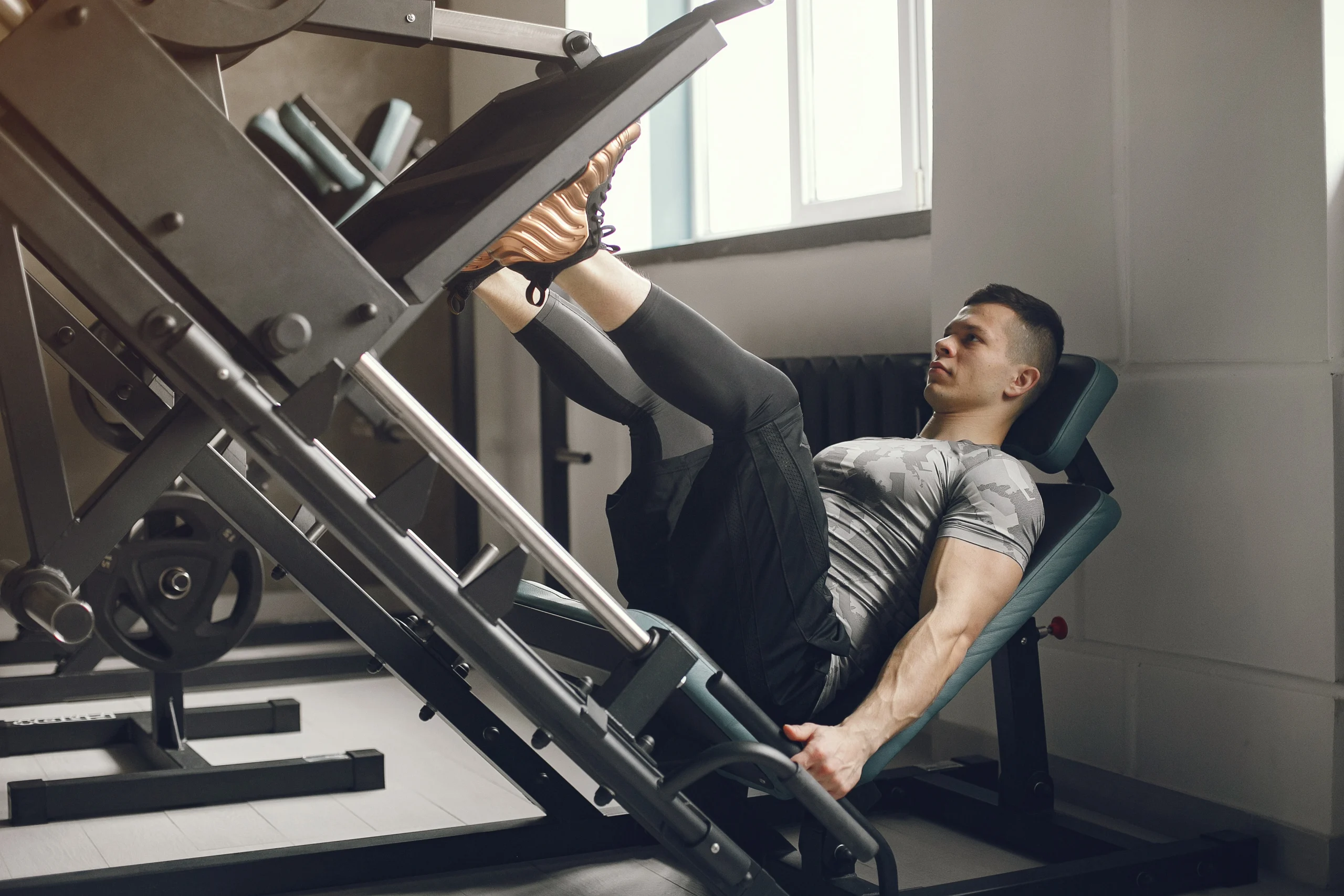
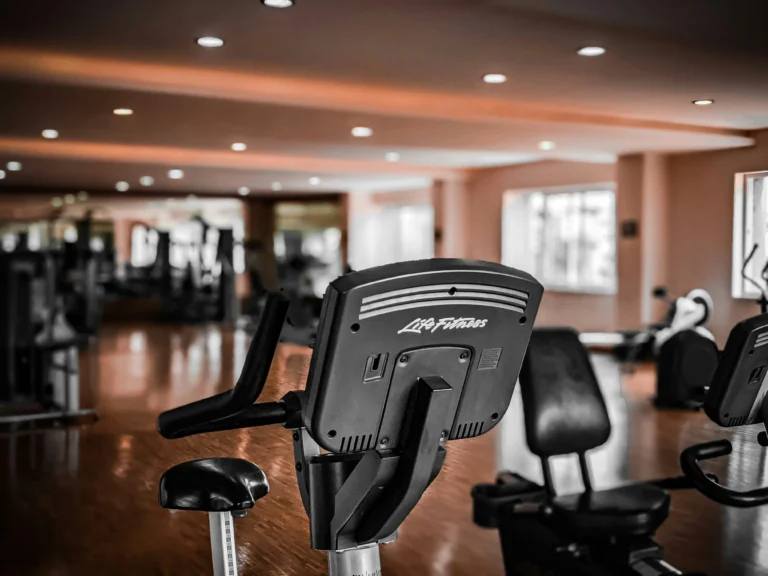
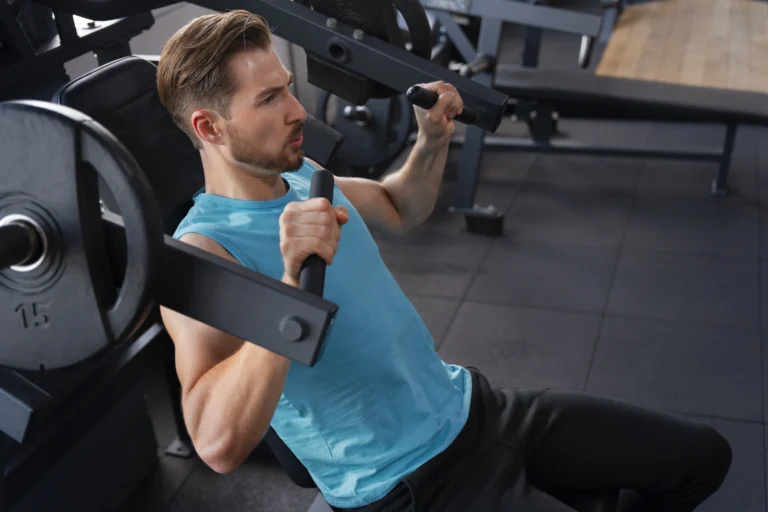
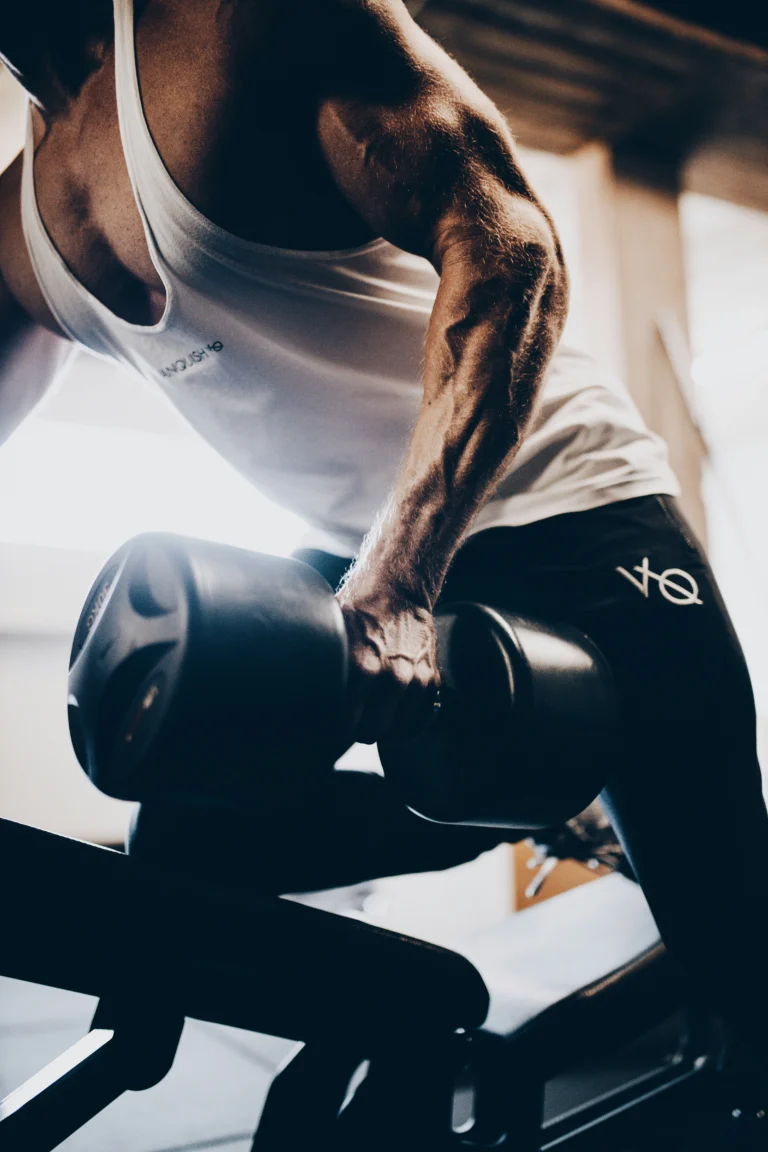
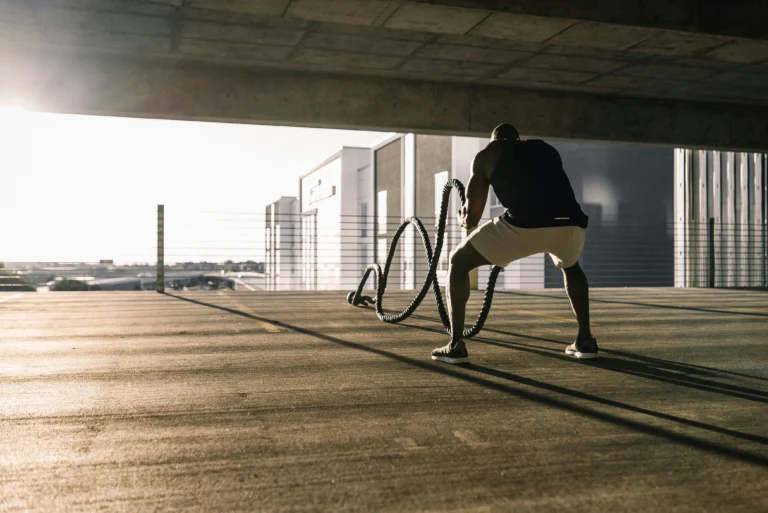
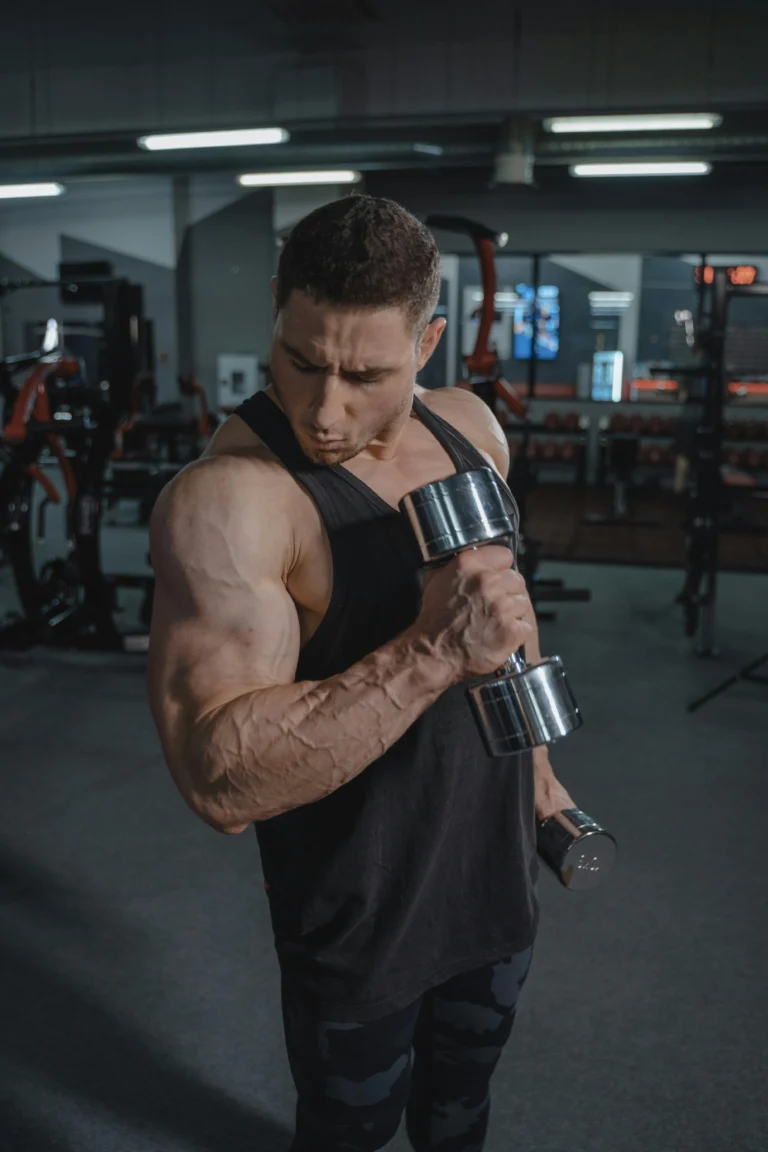
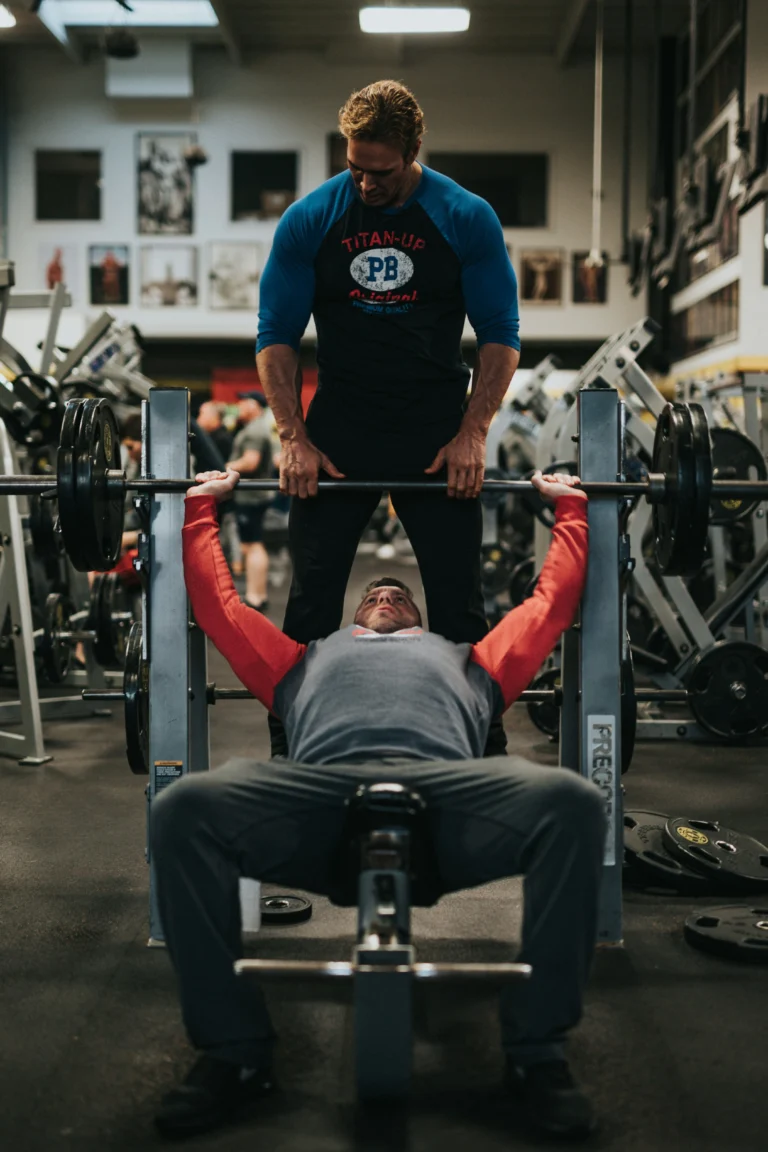
One Comment
Comments are closed.